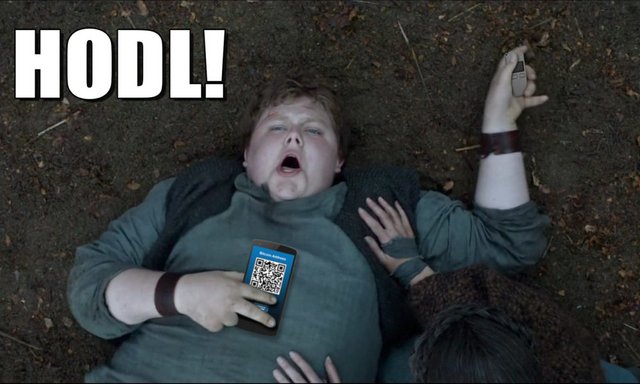The inner workings of FOMO and ways to combat it

FOMO origins
FOMO is not a classified psychological phenomenon yet, but the reasons for FOMO itself and for how and why it ultimately costs us money might be explained via a combination of several cognitive biases:
- Dunning–Kruger effect aka A tendency for the incompetent to overestimate their competence and vice versa.
- Bandwagon effect aka «If a lot of people believe it, it must be true».
- Peltzman effect aka Taking more risks in perceived safety.
- Sunk Cost Fallacy aka «I’ve invested so much already, I can’t quit now».
- Endowment effect aka Placing a higher value on what you already own.

How FOMO works
- The Dunning–Kruger effect makes us engage in day trading on an exchange, completely disregarding the fact that day trading is highly analytical, highly technical job that takes people years to master. Nevertheless, we read a few tutorials, make a few short trades, maybe make a little bit of money and think: «Hey, I got this! Buy low, sell high — how hard can it be?»
- The Bandwagon effect provides the feeling of certainty that in turn fuels the Peltzman effect, thus convincing us that a) investing in token X is a good idea and b) that it’s a safe choice to make. The Dunning–Kruger effect chimes in saying: «Don’t worry, dear, you’re not the last one to notice this spike, and you’ll sell at just the right time».
- And when it turns out that the point of entry was not that great and the price of an asset begins to drop, the Sunk Cost Fallacy makes us told on to our bags, turning small losses into huge ones, instead of selling and rebuying at a better price. And the Endowment effect makes our newly acquired coins feel that much more valuable, making selling a much more difficult decision to make.

How to avoid it
Well, you’ve already taken the first step, since many studies have shown, that simply being aware of cognitive biases makes us more likely to notice them occurring in other people and ourselves (though it’s no guarantee).
The second tip might sound weird, but bear with me: pay attention to your body. The key word in FOMO is Fear, an emotion which triggers a fight-or-flight response and increases our levels of cortisol and adrenalin. Meaning when you’re FOMOing, your heart rate will likely increase. If you’re rearing any kind of heart rate monitor, that could tip you off and give you pause.
The third thing has to do with the nature of the crypto market itself, and it bears repeating. The money we currently have in crypto is nothing, NOTHING, compared to more traditional markets like stocks or retail. There’s more money worldwide invested into the production of milk, than in crypto. And that means that those mere thousands of people who own the bulk of BTC and ETH worldwide can do pretty much anything. The market is their playground, and we just happen to be there.
In an environment so ripe for speculation, manipulation, and fraud, where we control nothing, whenever you see a crowd running somewhere, it means someone led them in that direction. And there’s only one smart thing to do here — don’t follow them. Don’t buy. The market is young, there’ll be plenty more opportunities.
And if you take away one thing from this article, let it be this:
Most people in crypto have lost on short-term trading.
On longterm investment — almost no one has.

Trade safe, stay sane, have a lovely day!
And do Share you FOMO-stories in the comments.
Have you faced the greedy monster?
Did you come out the victor?
Have a cautionary tale?
Sell your vote: https://steemit.com/news/@bible.com/6h36cq
Congratulations @solarom! You received a personal award!
You can view your badges on your Steem Board and compare to others on the Steem Ranking
Vote for @Steemitboard as a witness to get one more award and increased upvotes!